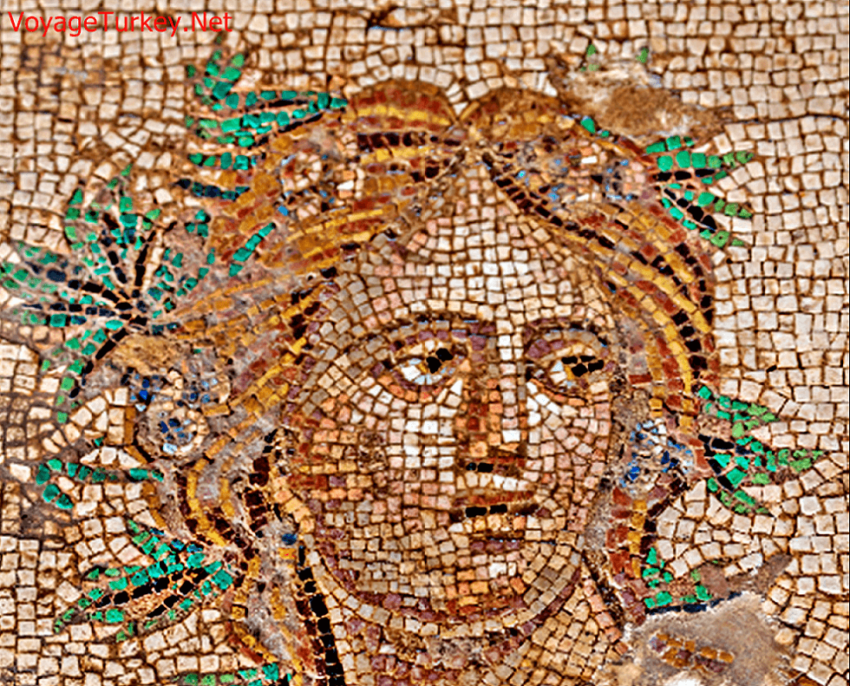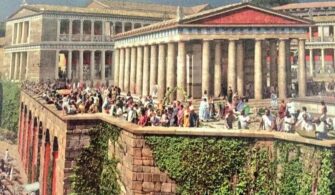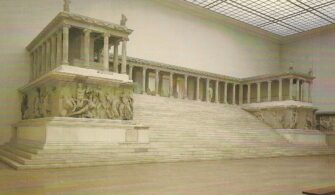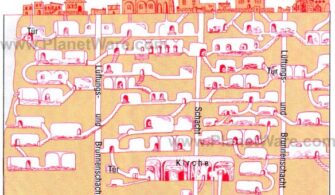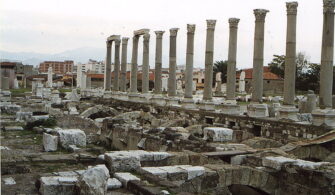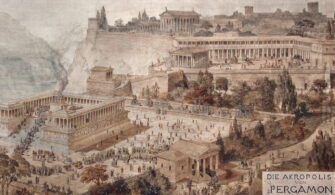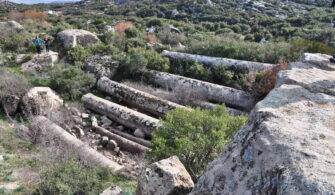History of Metropolis Ancient City
The history of Metropolis dates back to the Classical Age, Hellenistic Era, Roman, Byzantine, Beylik, and Ottoman periods. It was built in the 3rd century B.C., during the reign of the Seleucid Kingdom. However, it is estimated that the first settlement in the city was established in the early bronze age.
Its golden age experienced during the Hellenistic Period. This ancient city served as a center of episcopacy in the Byzantine Period. Parallel to the loss of power of the Byzantine Empire, the city began to decline.
From the 15th century onwards, the settlement in the ancient city ended.
Location
This ancient city is located in the Torbalı District of İzmir. The city was founded on a hill and slopes between the Yeniköy and Özbey neighborhoods of Torbalı.
Buildings and Places in Metropolis
Excavations have been carried out in this ancient city since 1989. Significant finds and many buildings (such as two Roman bathhouses, bouleuterion (council building), Hellenistic theater, mosaic hall, peristyle house, palaestra, stoa, general toilet, and streets) have been unearthed in the excavations. Monumental public structures can be seen in this area.
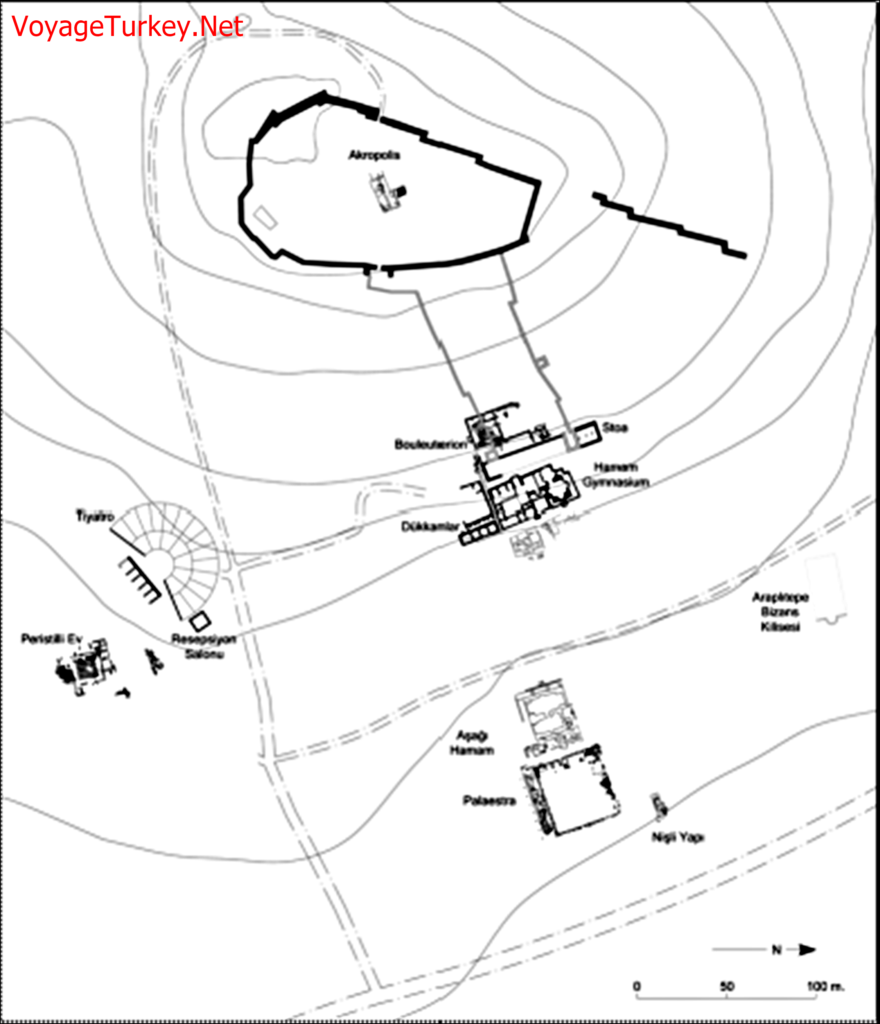
Hellenistic Theater
The theater building was completely carved out of the rock. The theater, which is all made of marble, consists of an orchestra, stage building, seating areas and noble seats of the front.
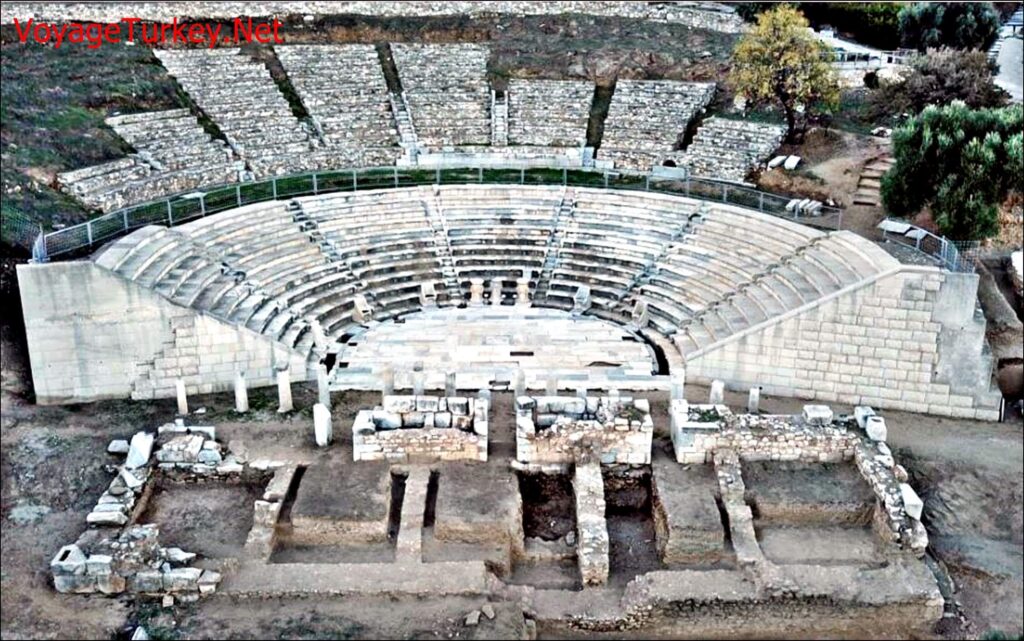
The stage building of the theatre, the orchestra floor, and sections of seat rows including seats were unearthed in excavations.
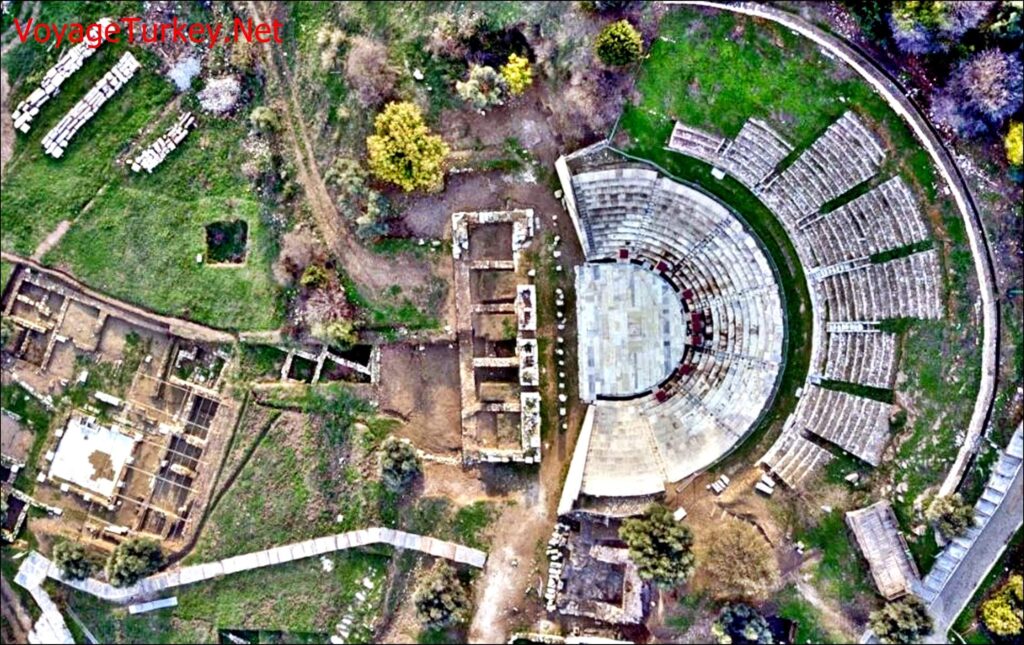
The finds from the excavations show that the theater building is not only for theater plays but also for social and religious ceremonies.
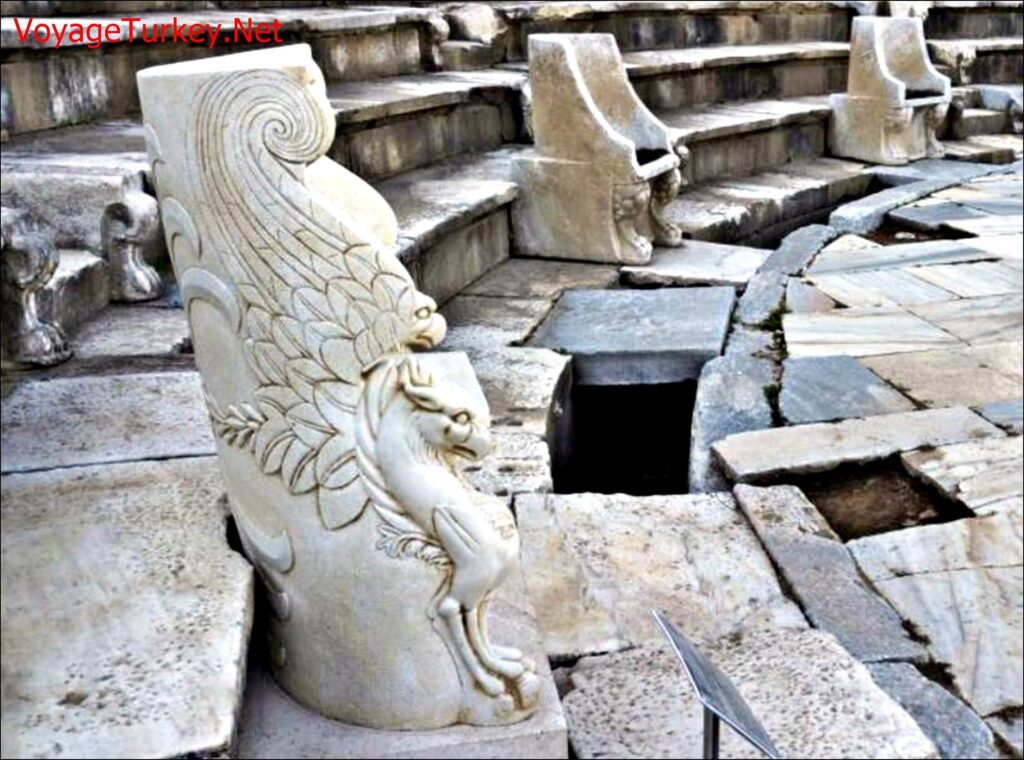
Bouleuterion (Council Building)
Bouleuterion is the name given to the parliament (council) building of the ancient period. Decisions were made here about the management of the city.
It is estimated that the building, which has a square shape of approximately 17×17 meters, was built in the middle of the 2nd century BC.
The south wall of the fortress built in the 13th century during the Byzantine Empire passes through the middle of the building.
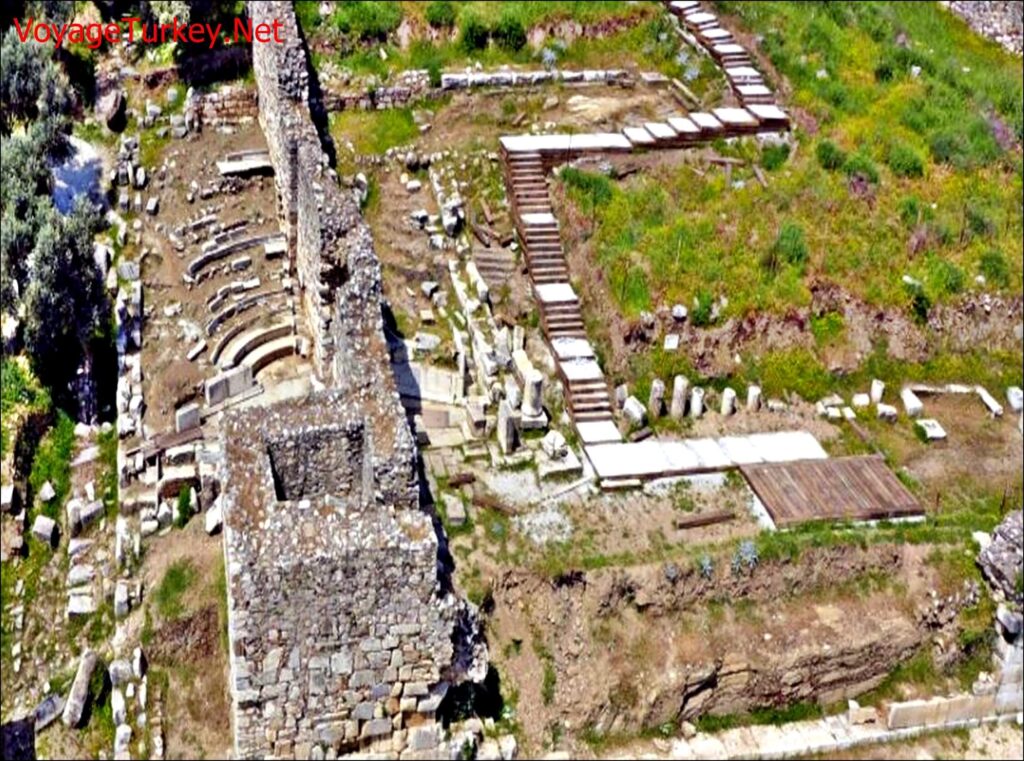
Roman Bathhouses
In a typical Roman bathhouse, there were caldarium, tepidarium and frigidarium sections. In addition to these, it is understood from the inscriptions that the massage room (haleipterion) and ten halls (probalaneion) were also present in Metropolis Bathhouses.
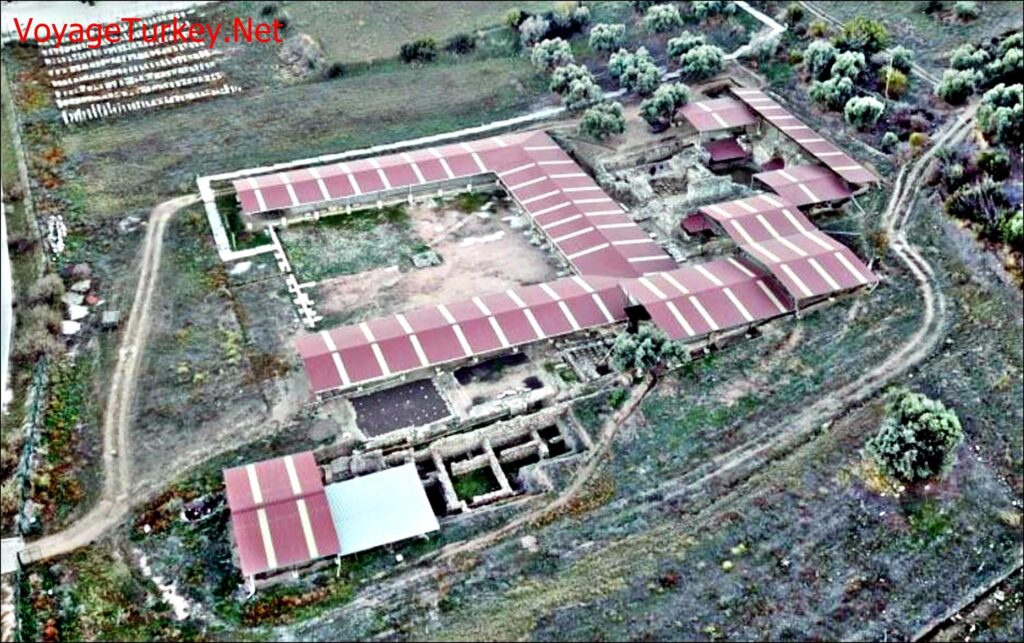
Acropolis
The Acropolis, which has a strategic position, covers an area of 16,000 square meters, dominating the entire Torbalı plain. As a result of the excavations and drillings, It is seen that it has been inhabited since 3000 years. In the Hellenistic period, it was surrounded by strong walls.
